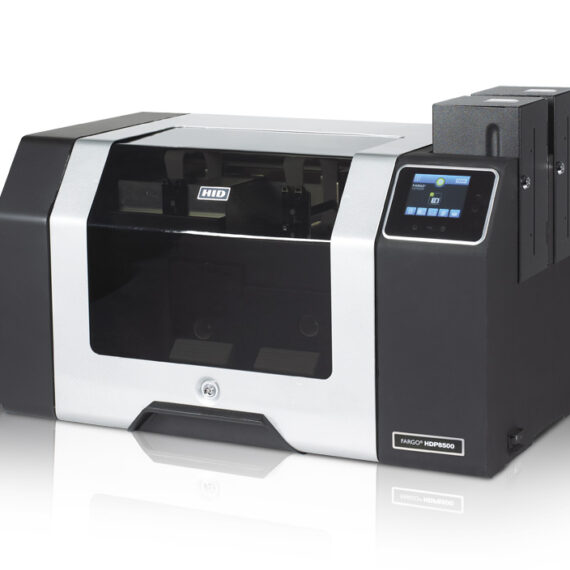The MIFARE Classic 1K Card is a type of contactless smart card that uses radio frequency identification (RFID) technology to store and transmit data. Here's a breakdown of its key features and functionalities: Technology: Low-frequency (LF) RFID: Operates at 13.56 MHz, enabling contactless communication between the card and an RFID reader. Integrated circuit chip: Embedded within the card, this chip stores electronic data. In the case of MIFARE Classic 1K, the storage capacity is 1 Kilobyte (1,024 bytes). Read/write capability: Data on the card can be read multiple times and potentially updated in some sectors (depending on configuration). MIFARE Classic Specifics: MIFARE Classic is a widely used type of MIFARE card, known for its affordability and compatibility. The 1k designation refers to the data storage capacity of 1 Kilobyte, which is suitable for storing basic information like a unique identifier, access control permissions, or a small amount of prepaid value...

Comments
Post a Comment